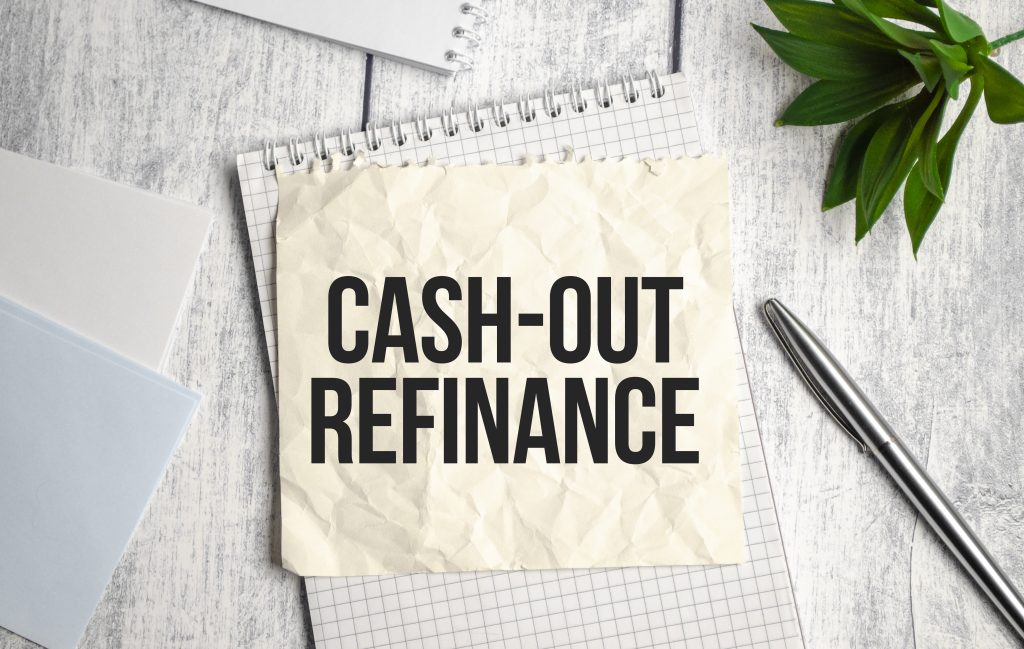Understanding Cash Out Refinance: Unlocking Your Home’s Equity
In the realm of homeownership, leveraging your property’s equity can be a strategic financial move. One powerful tool in this domain is the cash out refinance. This financial maneuver allows homeowners to access a portion of their home’s equity in the form of cash, all while refinancing their existing mortgage. But what exactly is a cash out refinance and how does it work? Let’s delve into this topic to gain a comprehensive understanding.

What is Cash Out Refinance?
A cash out refinance is a process where a homeowner replaces their current mortgage with a new, larger mortgage. The difference between the two amounts—old mortgage balance and new loan amount—is received by the homeowner in cash at closing. This cash can then be used for various purposes such as home improvements, debt consolidation, investments, or any other financial needs.
How Does it Works?
The mechanics behind a cash out refinance involve several steps. Initially, homeowners need to assess their property’s current market value and determine the amount of equity they have built up. Equity is calculated as the difference between the home’s market value and the outstanding mortgage balance.
Once the equity amount is determined, homeowners can apply for a cash out refinance with a lender. During the application process, the lender will evaluate the homeowner’s creditworthiness, income, and the property’s value to ascertain the new loan terms. If approved, the existing mortgage is paid off with the new, larger loan amount. The homeowner then receives the remaining funds in cash, typically through a lump sum payment.
Benefits of Cash Out Refinance
Cash out refinancing offers several advantages to homeowners. Firstly, it allows access to liquidity without having to sell the property. This can be particularly advantageous for financing large expenses such as home renovations or college tuition. Secondly, cash out refinancing may result in a lower interest rate compared to other forms of borrowing, such as personal loans or credit cards. Additionally, the interest paid on the cash out refinance loan may be tax-deductible if used for home improvements (consult a tax advisor for specifics).
Considerations and Potential Risks
While cash out refinancing can be a valuable financial strategy, it’s important for homeowners to weigh the associated considerations and potential risks. By increasing the loan amount, monthly mortgage payments may also increase. Furthermore, resetting the mortgage term to a longer duration could result in higher total interest costs over the life of the loan. Additionally, failure to repay the new mortgage could put the property at risk of foreclosure.
In Conclusion
In summary, a cash out refinance is a financial tool that enables homeowners to access their home’s equity in the form of cash, providing flexibility and liquidity for various financial needs. By understanding how cash out refinancing works and considering its benefits and risks, homeowners can make informed decisions about leveraging their property’s equity to achieve their financial goals.

